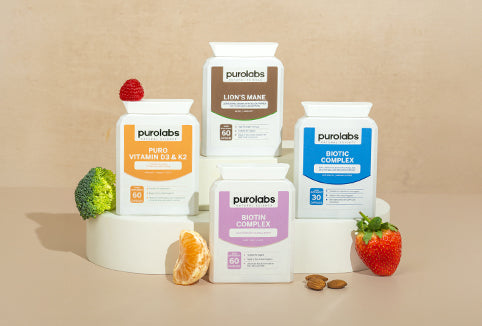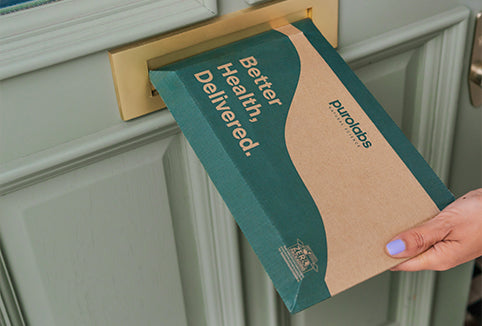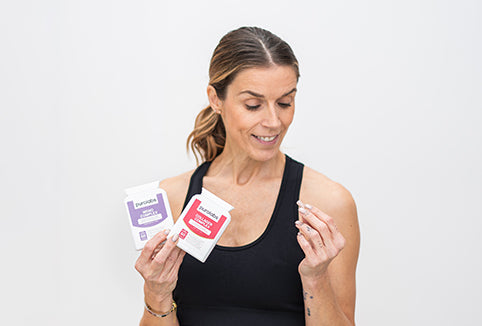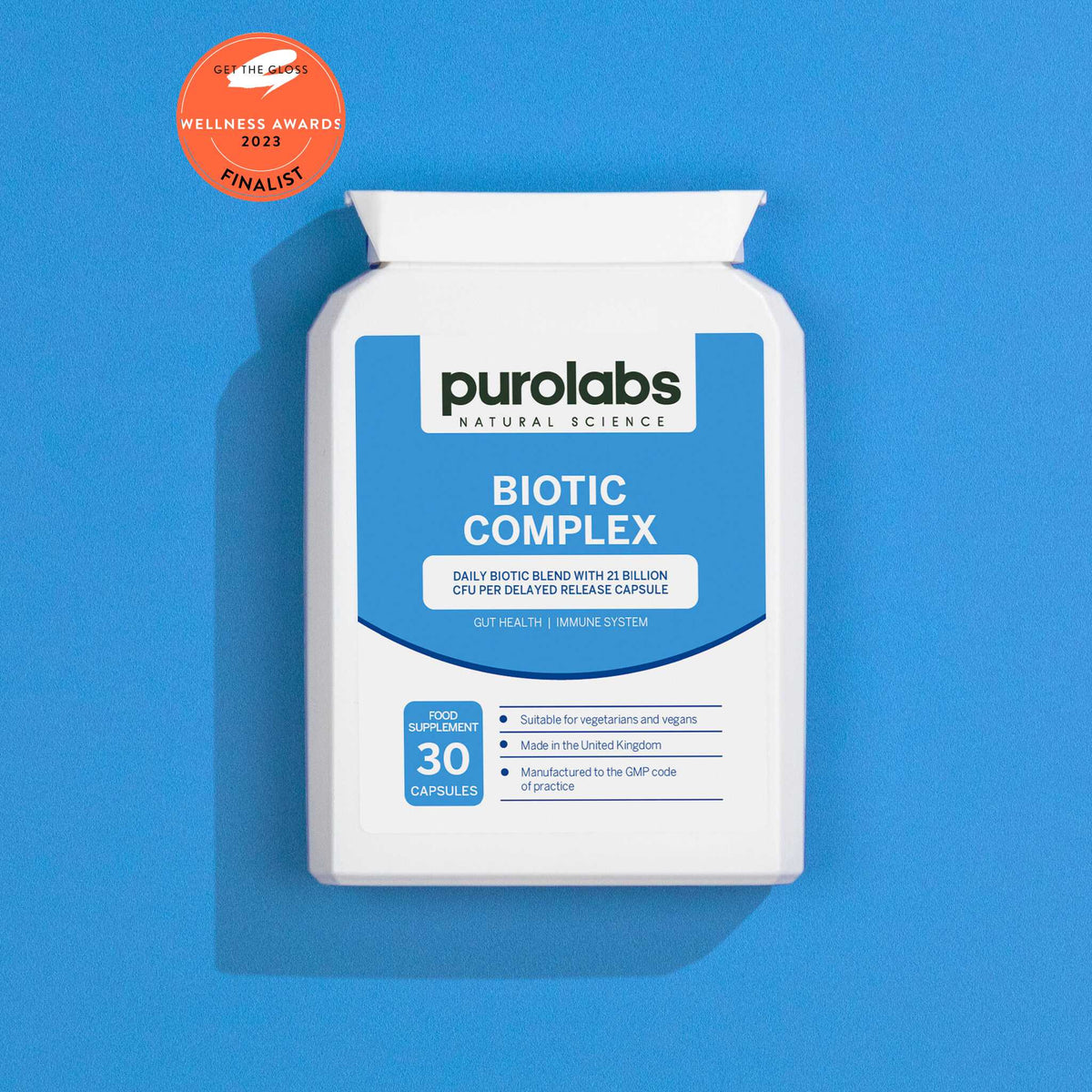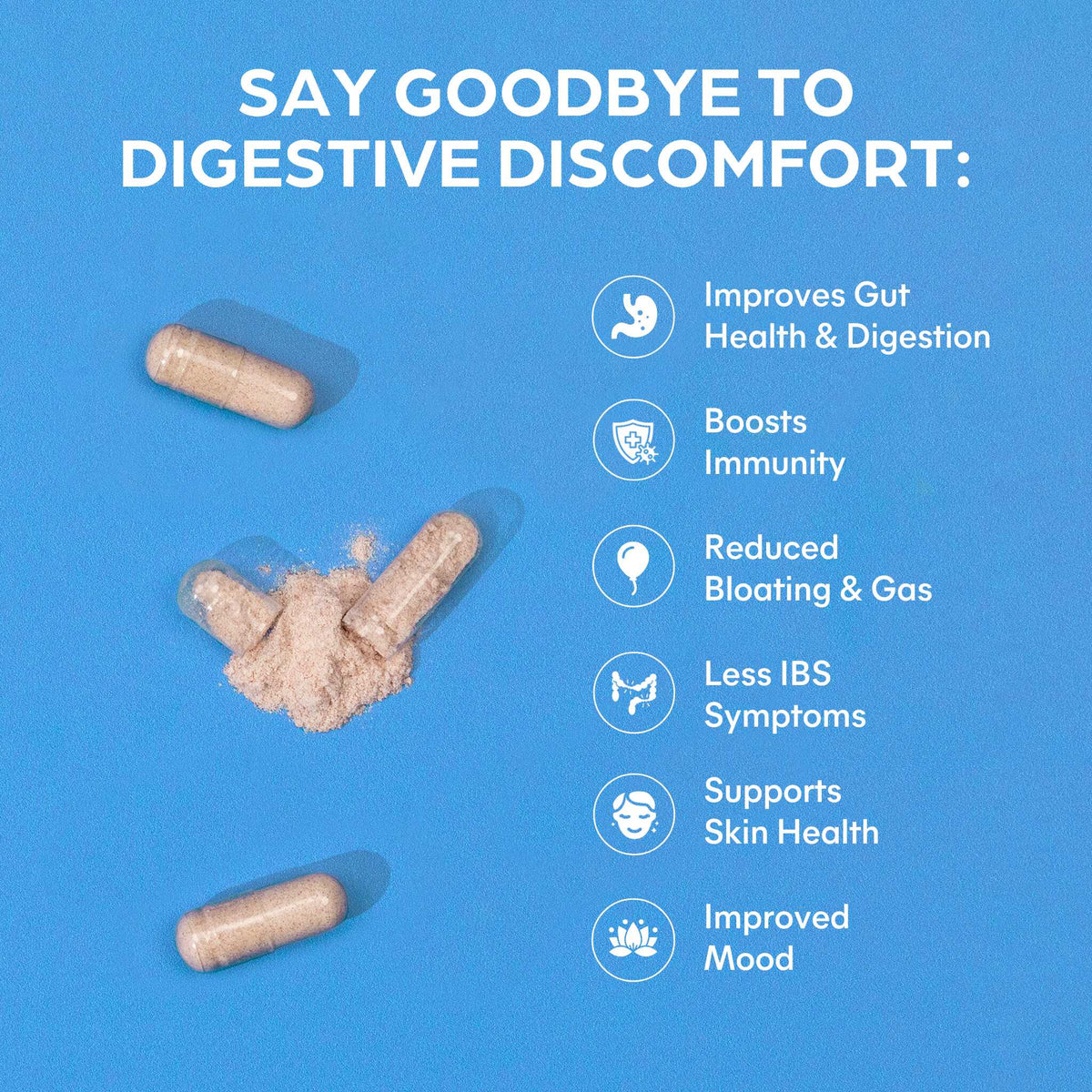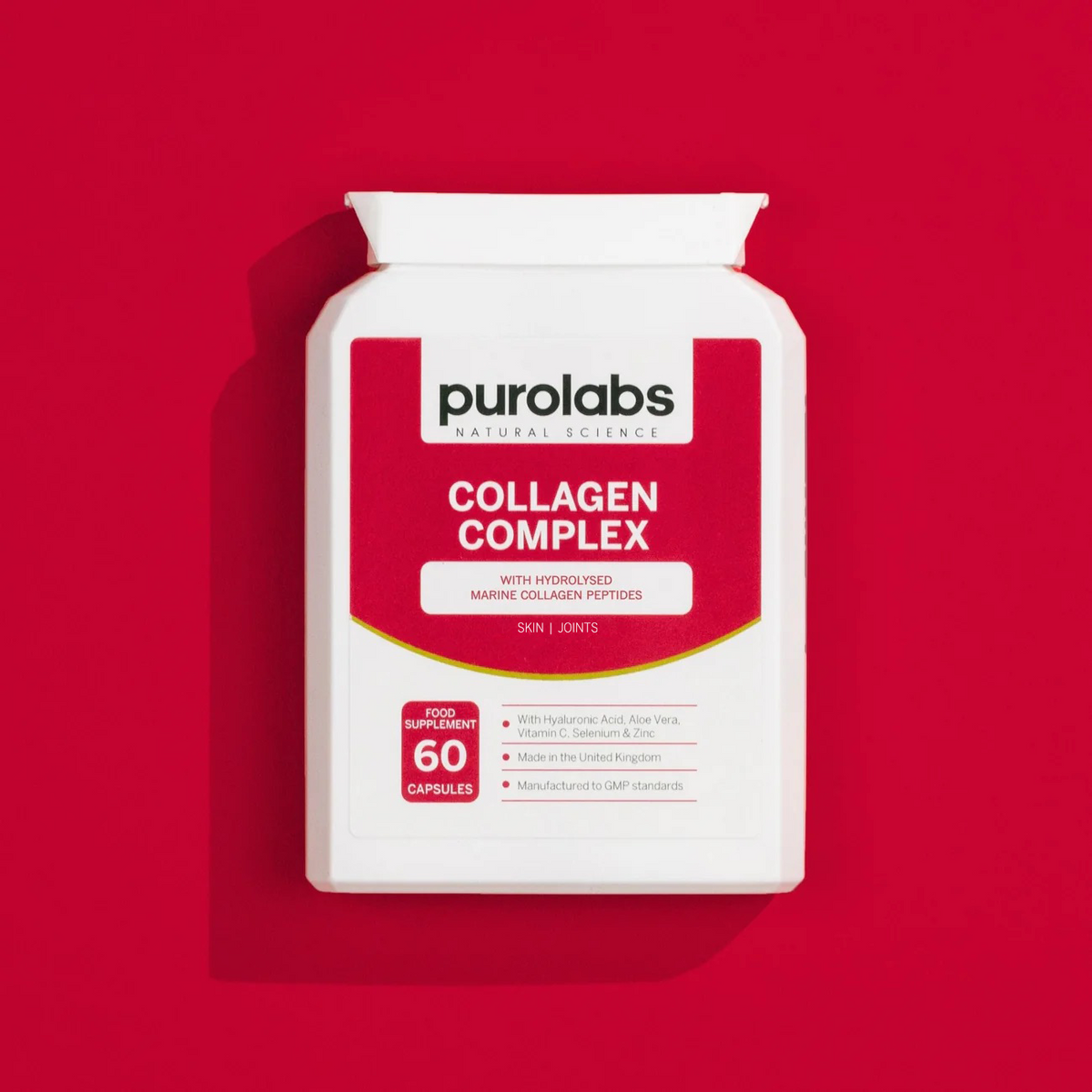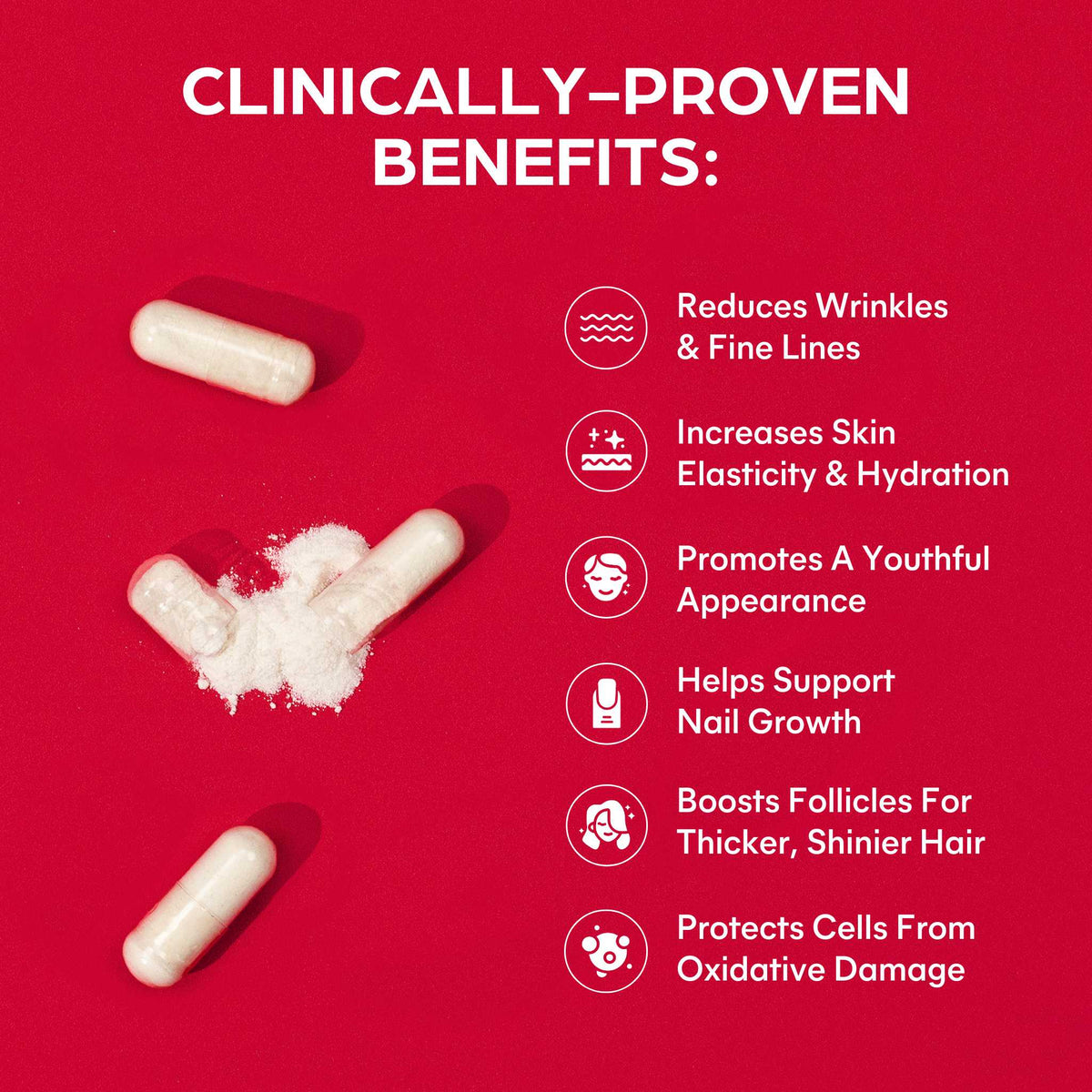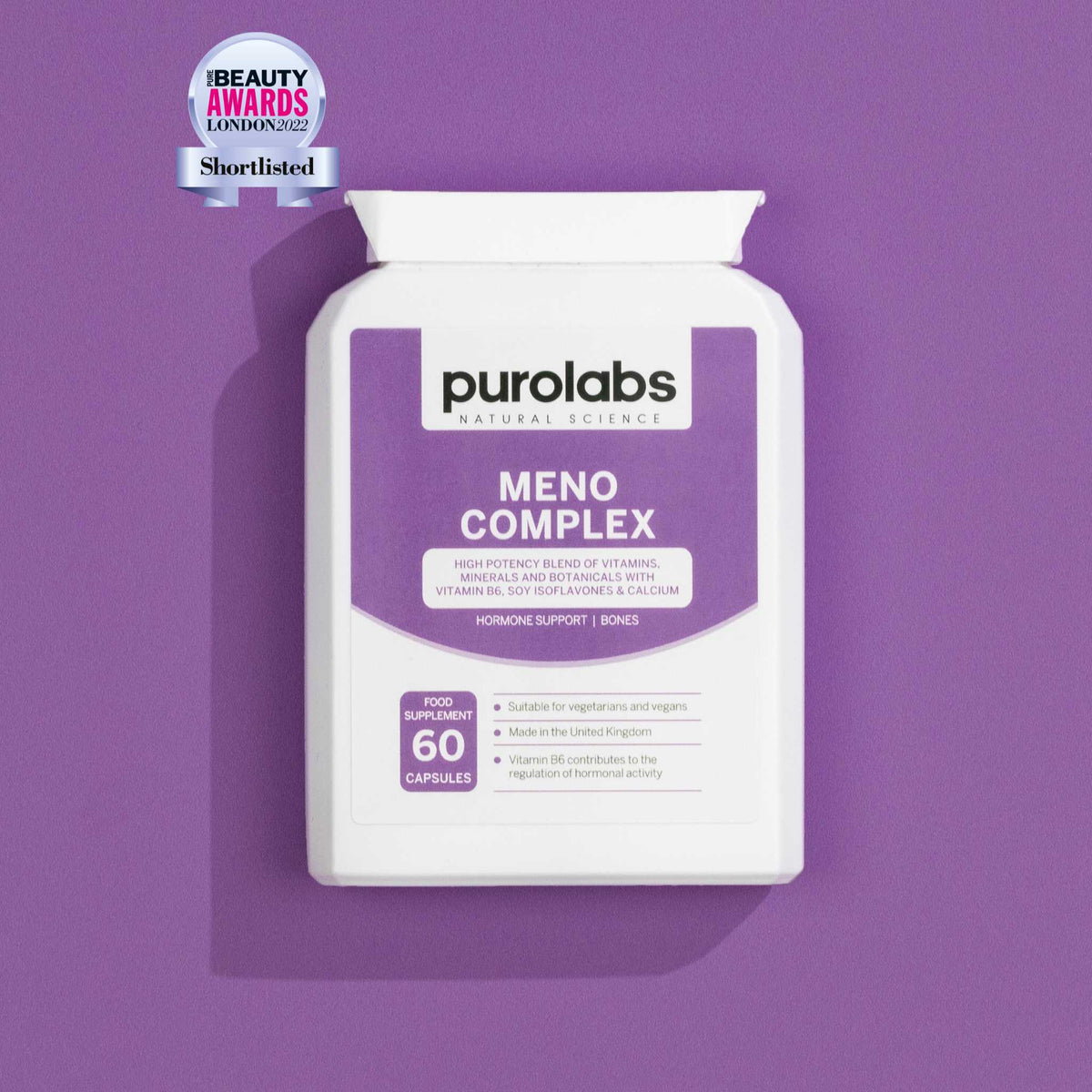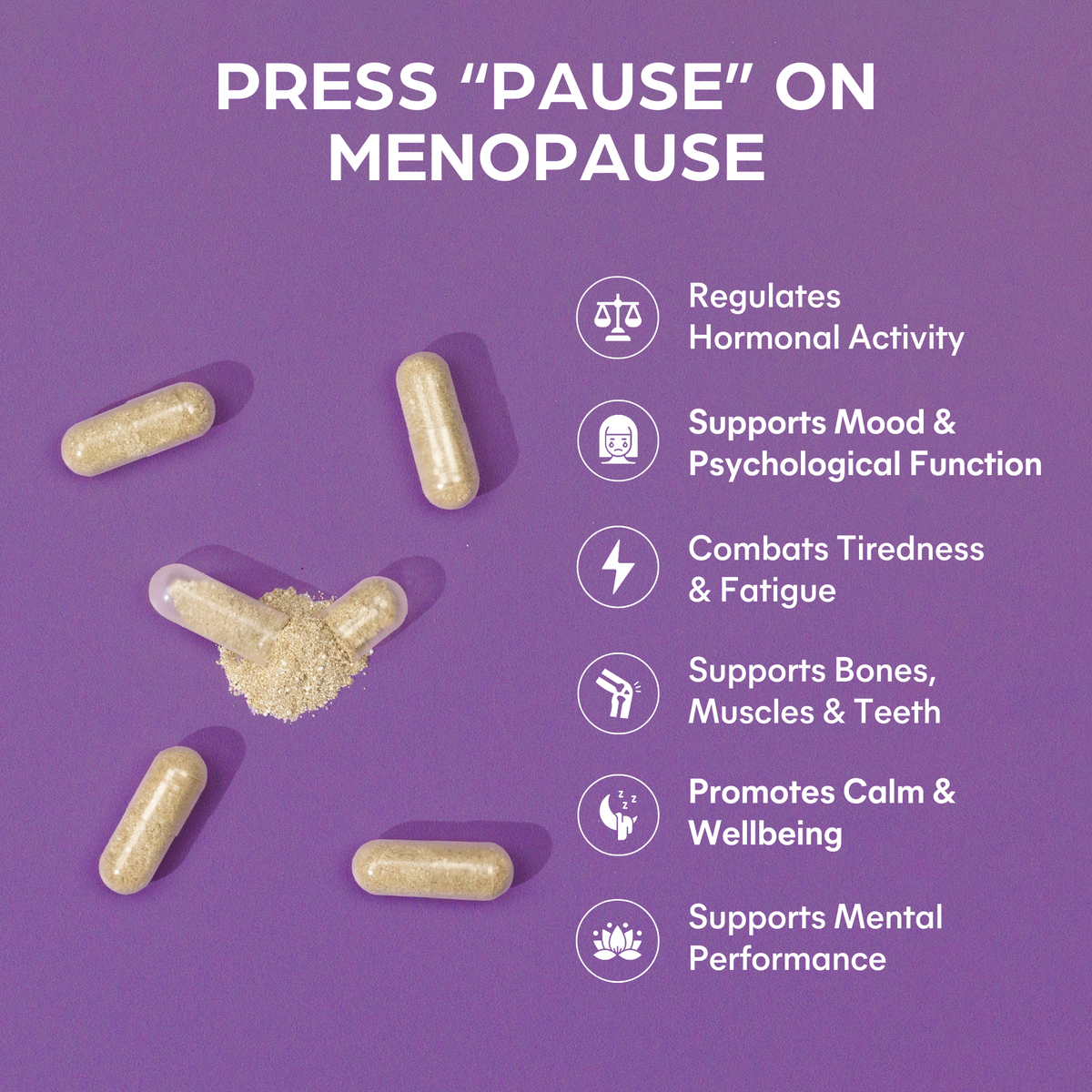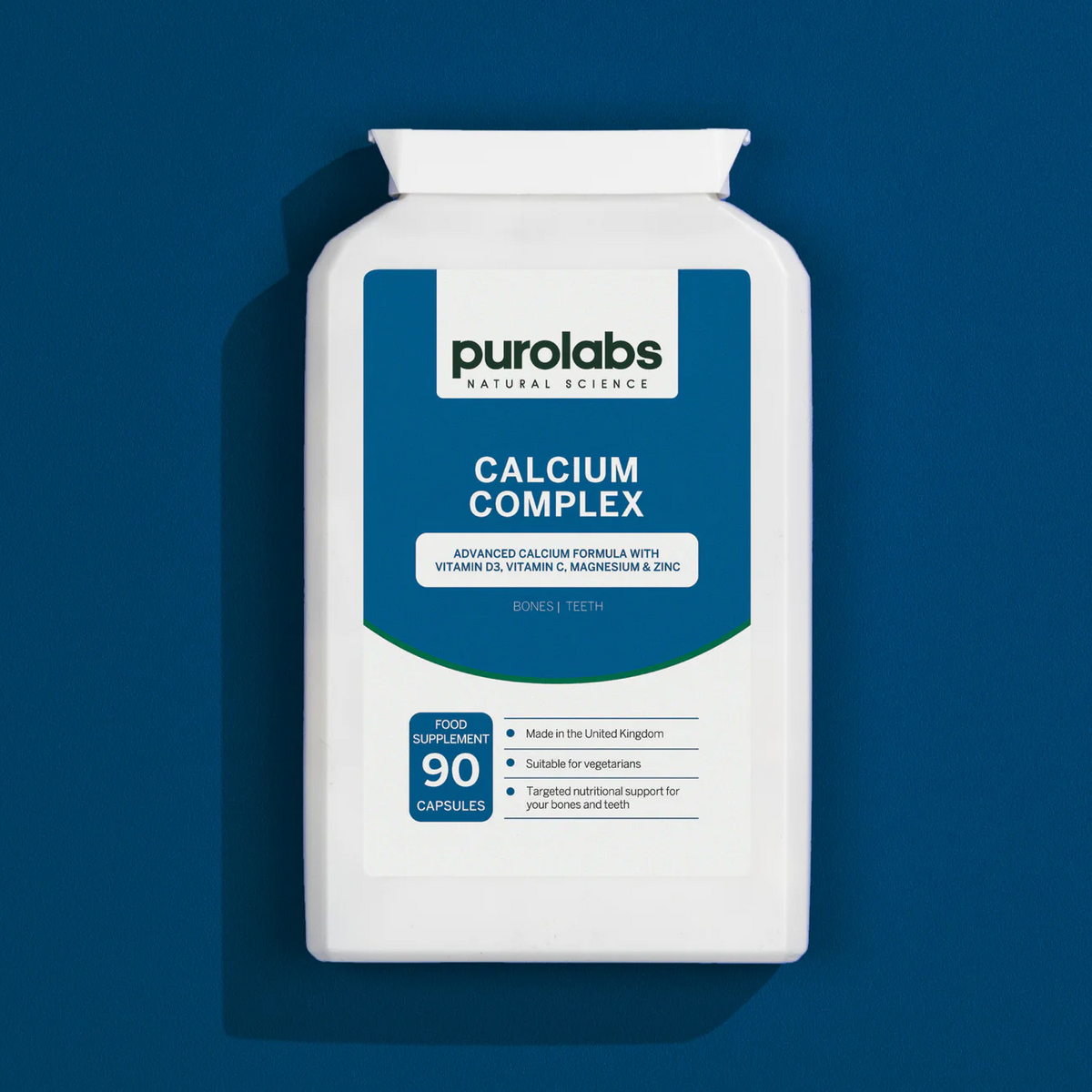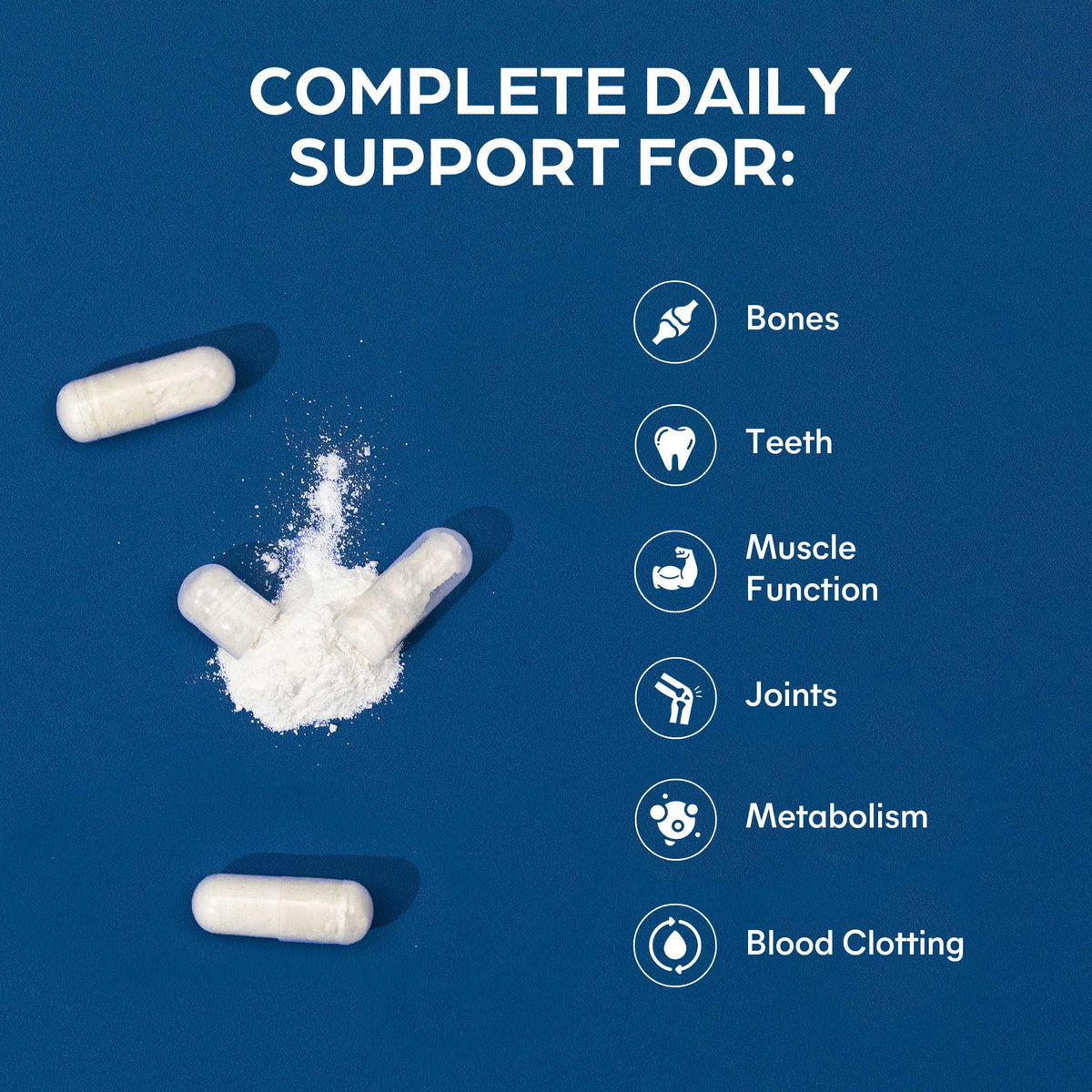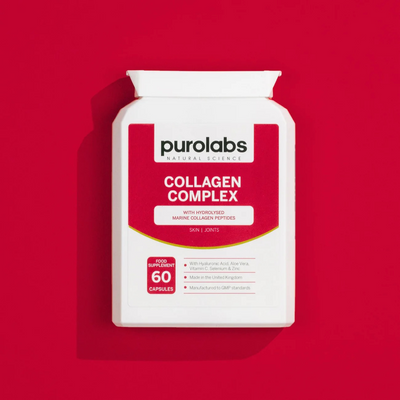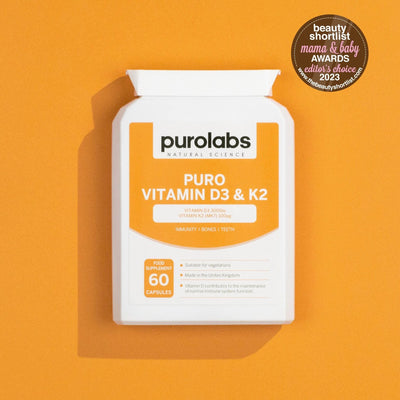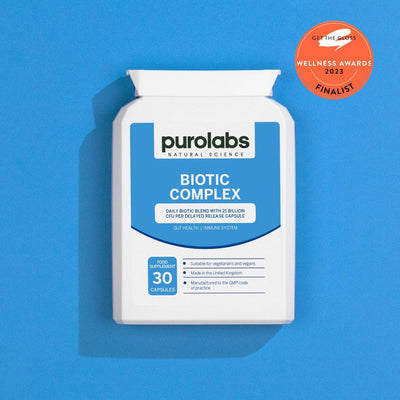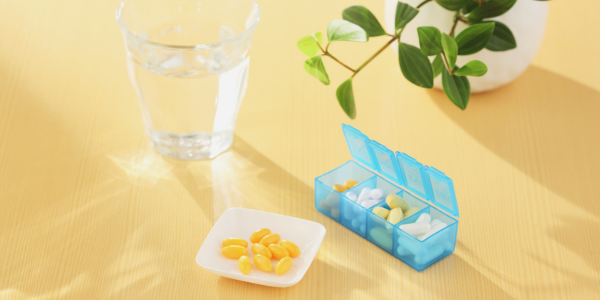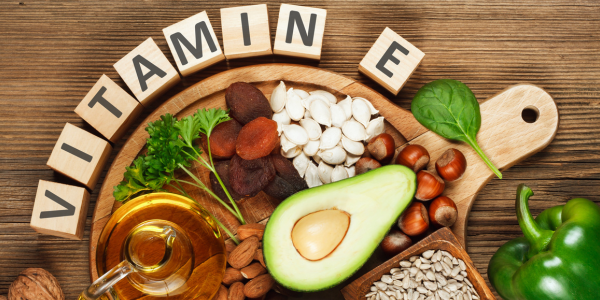Supplements are wonderful additions to your daily health toolkit, but for many of us, knowing how best to take them can be utterly confusing.
There is a lot of information out there on best and worst supplement combinations, and when and how you should take certain supplements.
Optimal absorption is the aim of the game. You want to get as much nutritional bang for your buck and what makes a supplement superior is its absorbability in the gut. Whilst generally poor gut health can be a factor which can affect how much of the product you absorb, a supplements formulation is a key factor.
That is why here at Purolabs, we’re obsessive about the quality of our supplements which are made here in the UK, are 100% natural and free of nasty bulking agents, synthetics and fillers.
So, let us help break down the confusion and simplify things for you. But before we do, please do ensure that you consult with a registered health practitioner before adding or amending your current supplemental and pharmaceutical intake.
Best Supplement Pairings
Countless studies show the benefits of taking ascorbic acid (vitamin C) with your iron supplementation. Vitamin C particularly supports the absorption of non-haem iron (plant sources of iron) and has been shown to counteract the inhibiting effect of teas, calcium and phosphate on iron absorption1.
Studies also link orange juice consumption, due to its high content of vitamin C to improved iron absorption2. Whilst the research shows that this does indeed improve absorption, I would recommend to either supplement with vitamin C or opt for less-sugar containing sources of vitamin C to help support your blood sugar levels.
Blood sugar friendly (low glycaemic index) vitamin C containing foods include:
- Berries (strawberries, blackcurrants, blueberries, raspberries)
- Lemons
- Bell peppers
- Kiwi
- Broccoli
- Tomatoes
- Sweet potatoes
Where appropriate, keep the skins on these foods to boost fibre content and regulate your glycaemic response.
Another wonderful nutrient pairing is omega 3 and vitamin D. Both nutrients are fat soluble, anti-inflammatory, mood and skin enhancing powerhouse nutrients. In fact, studies have touted these nutrients as a key pairing when trying to support optimal brain function and health3.
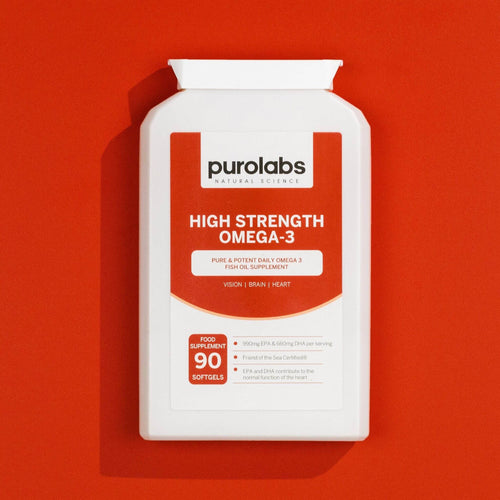
Omega-3
A nutrient pairing which isn’t recognised enough is vitamin D and K2. Many vitamin D supplements on the market miss this key nutrient which helps shift vitamin D and calcium into bone tissue. This is particularly important when taking high dose vitamin D as K2 directs calcium to the bones, shifting it away from the arteries, which can potentially lead to atherosclerosis and heart disease4.
At Purolabs, our vitamin D3 & K2 supplement was specifically formulated to optimise vitamin D absorption and utilisation.
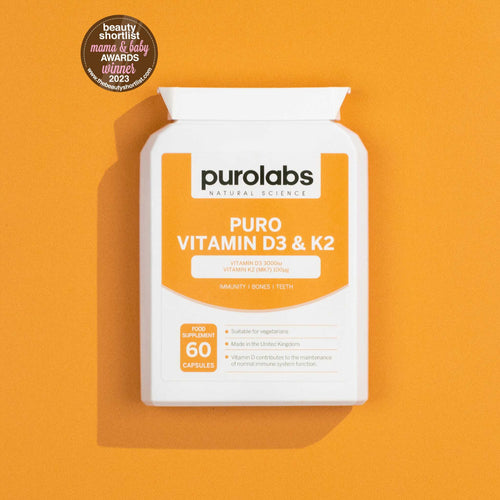
Vitamin D3 & K2
B vitamins work synergistically, meaning that a B complex is generally preferred over supplementing with single B vitamins. When taken together, they improve the absorption of one another, therefore I generally like to recommend a B complex.
Supplement Combinations to Avoid
In small doses, calcium does not seem to impair iron absorption. However a number of studies have linked high calcium absorption to impaired iron absorption, which is a key consideration for vulnerable groups who may need a higher dose of these vital minerals i.e. pregnant women5.
In fact, minerals can compete for absorption sites in the intestines, therefore if you are taking a high dose of zinc for example, do take your iron and/or calcium supplement several hours apart.
Gingko biloba and high strength fish oil is also a combination to be aware of. Gingko biloba and omega 3 are potent antioxidants, with mood boosting properties. Whilst both are wonderful ingredients to help combat inflammation and support wellbeing, both ingredients in supplemental form are natural blood thinners6. Taking them together at high doses can increase the risk of excessive bleeding.
How to Optimise Supplement Absorption
One of my top tips for supporting supplement absorption is to take supplements at least four hours apart from medication (after you’ve checked with your healthcare practitioner that there are no interactions).
Doing so is simply good practice to allow your digestive tract time to absorb your medication before ingesting supplementation. This gives the gut space to better absorb and metabolise them both for maximum effectiveness.
This could not be more key if you take medications which impact digestion and absorption like omeprazole and other proton pump inhibitors (PPIs). Supplements to be aware of in particular when taking PPIs are nutrients that require optimal stomach acid to be absorbed like B12, calcium, iron, magnesium and vitamin C7.
When to Take Your Supplements?
A good rule of thumb when taking a supplement (if a time of day is not stated on the label) is to take it when you’re either a) most likely to remember and/or b) feel you need the most help with the health symptom you’re experiencing.
For example, I generally recommend magnesium and our Meno Complex to be taken at night, approximately an hour or so before bed. This is because of the calming effects of magnesium which can promote healthy sleep quality8 and because many menopausal women suffer with night sweats and insomnia9.
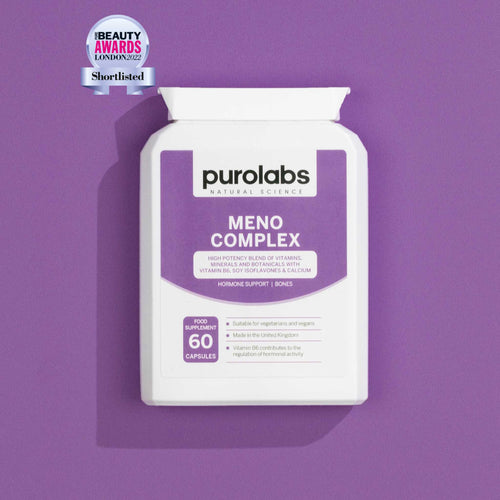
Menopause Complex
If your main health struggle is energy, then taking B vitamins earlier in the day will give you the boost you need to set you up for a productive day ahead.
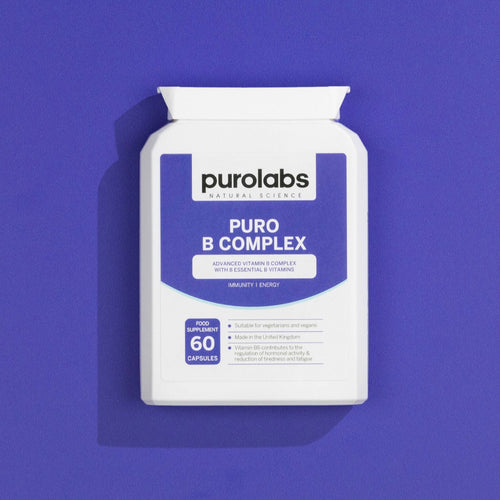
Vitamin B Complex
Another key consideration is whether you require food to boost nutrient absorption. As a general rule of thumb, fat soluble nutrients and minerals need to be taken with a meal and water-soluble nutrients should be taken on an empty stomach.
Fat soluble nutrients: Vitamin (A, D, E, K)
Water soluble nutrients: Vitamin (B, C)
Major Minerals: Calcium, iron, magnesium, zinc, Phosphorous, Sodium, Potassium, Chloride
Whilst some probiotics are required to be taken with a meal, most probiotic formulations are best taken first thing on an empty stomach. Stomach acid is low upon waking due to fasting overnight (as acid producing enzymes haven’t been activated yet by the process of food digestion).
This gives beneficial bacteria a better chance of getting through the acidic environment of the stomach and reach the intestines where they can carry out their microbiome boosting job.
Can I Take Vitamin D & Magnesium Together?
One of the most common questions we get here at Purolabs is whether you can combine these two nutrients.
Not only is it safe to do so, it is actively encouraged! Magnesium is a useful nutrient for vitamin D metabolism, with both nutrients essential for key areas of health, such as bone health10 and immune function11.
Studies even show that taking both vitamin D and magnesium can improve sleep quality and mood.
Just Remember
Although I have added reminders throughout the article, please do ensure that if you are taking any medication or other supplements, do check with a registered health practitioner for interactions and best practice before making changes.
Our dedicated customer care team and in-house nutritionist are always on hand to answer any questions surrounding supplement interactions. Do check with your doctor about supplements to take if you are on prescribed medication for optimal safety.

 Beauty
Beauty
 Bone Health
Bone Health
 Brain Health
Brain Health
 Energy
Energy
 Eye Health
Eye Health
 Gut Health
Gut Health
 Hair
Hair
 Hormonal Health
Hormonal Health
 Heart Health
Heart Health
 Immunity
Immunity
 Joints
Joints
 Menopause
Menopause
 Pregnancy
Pregnancy
 Kids
Kids
 Sleep
Sleep
 Stress & Mood
Stress & Mood
